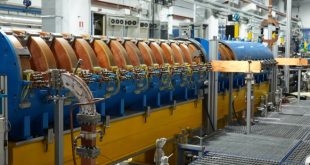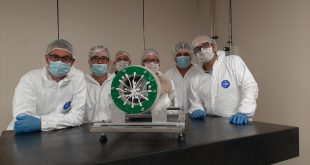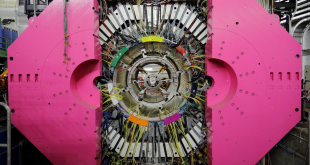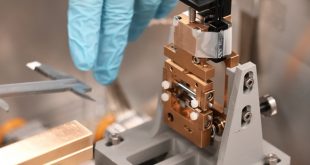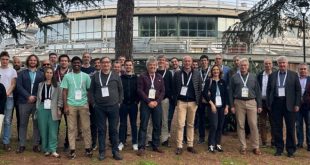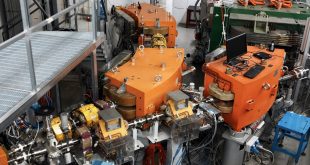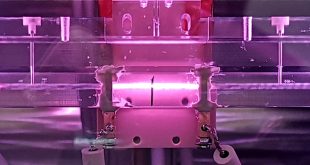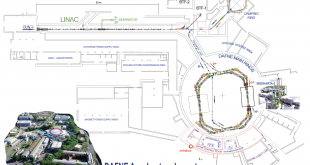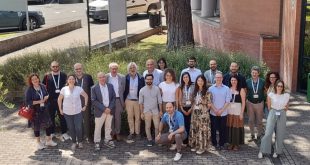2024 is bringing big news to the SPARC_LAB research facility at LNF.
Read More »Featured
An Inner Tracker for low-momentum electron-positron colliders: the micro-RWELL becomes cylindrical
Within the scope of EU project EURIZON, the LNF Detector Development Group and INFN-Fe have successfully completed the construction of a novel detector: a pioneering low-mass modular Inner Tracker developed for low-momentum electron-positron colliders, exploiting the innovative Cylindrical µ-RWELL (C-RWELL) technology.
Read More »A NEW ALLY IN THE SEARCH FOR DARK MATTER: AT INFN LNF A LARGE-SCALE SUPERCONDUCTING MAGNET IS BACK IN OPERATION
On January 19, 2024, the Cryogenic Facility Service group at LNF completed the final operations, which lasted over a month, to cool down to 4 Kelvin and reignite a superconducting magnet with a diameter of three meters and a length of over two meters. The magnet had been previously used as part of the detector for the FINUDA experiment, which recorded electron-positron collisions in the early 2000s produced by the DAFNE accelerator.
Read More »Deflecting Particles Using Curved Crystals
During the week between December 11th and 17th, the SHERPA collaboration conducted a significant experiment in hall 2 of the BTF at LNF.
Read More »Two international workshops on the design of the FCC-ee collider in Rome and Frascati
Two important international workshops took place in the Rome area in mid-November, focusing on the design of the future Future Circular Collider electron-positron collider (FCC-ee) at CERN.
Read More »LNF Beam Test Facility– Call for beamtime proposal – 2024 Half 1
We are glad to inform you that the LNF – Beam Test Facility (BTF) will be opened for external users’ beamtime in the date range: February 12, 2024 (week 7) up to June 2, 2024 (week 22) We thus invite all interested colleagues to submit beamtime requests. The submission period will be closed on January 12, 2024. please refer to https://btf.lnf.infn.it/btf-call-2024h1/ and to https://btf.lnf.infn.it/schedule-beam-request/request-beam-time/ for getting informed about call and proposal submission rules. LNF provides EUROLABS funding for users access.
Read More »Pierluigi Campana appointed as ICFA chair
The leadership of the International Union of Pure and Applied Physics (IUPAP) has approved the appointment of Pierluigi Campana as the next Chair of ICFA, starting from January 1, 2024.
Read More »First electrons accelerated by the new prototype plasma accelerator capillary
In the field of particle accelerators, the interest is growing in the development of compact accelerating structures capable of overcoming the current limitations of conventional ones based on RF pulses.
Read More »SIDDHARTA-2 at DAFNE is hunting the kaonic deuterium
The DAFNE collider and the SIDDHARTA-2 experiment are preparing for a well-deserved vacation after completing the initial data taking phase dedicated to measurements of kaonic atoms, in particular to the first measurement in the world of the kaonic deuterium.
Read More »WORKSHOP of the DEUPAS PROJECT at LNF
On July 4th and 5th, the Frascati National Laboratories hosted the scientific workshop of the regional project DEUPAS “Ultrasensitive Determination of Pathogens by Spectroscopy”, a research program supported by the Lazio Region as part of the funding initiative named “2020 Research Groups – LazioInnova”.
Read More » INFN-LNF Laboratori Nazionali di Frascati
INFN-LNF Laboratori Nazionali di Frascati
